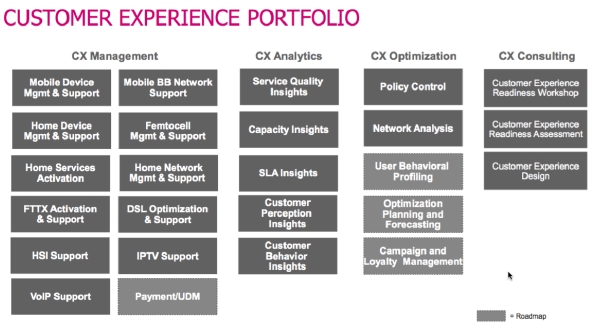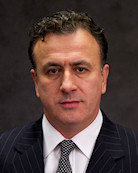Whether you believe the capacity crunch is a real ongoing concern for mobile operators or think it something they are increasingly coming to grips with, there’s no doubt that operational and capex pressures will mean that spectral and network efficiency will remain an ongoing concern for operators. Here, in the latest guest post we have selected, Mark Bole, of Mesaplexx, highlights the role of Active Antenna Systems as a potential part of the operator toolbox.
Counteracting the capacity crunch with active antennas
There are a wide variety of potential solutions to the capacity conundrum including: site densification, small cell deployment, new spectrum acquisition, WiFi offloading and data capping. Each has their own pros and cons – some delivering capacity improvements from a few per cent to over fifty per cent compared to what is being achieved today.
Then of course, there is the emergence of LTE and ultimately LTE-A. The next evolutions of the GSM family of technologies will deliver improved network capacity on new frequency bands, but not enough to appease increasingly impatient mobile subscribers on their own. LTE must be deployed in a way that maximises its potential. When implemented with active antenna systems (AAS), LTE capacity can be improved by a further 65 per cent or more.
AAS can achieve these dramatic improvements through accurate and intelligent beam steering techniques. These differ from a traditional fixed beam approach by targeting capacity to where it is specifically needed in the network. Beam steering in this way improves the quality of the radio channel and increases network efficiency. This has been proved by recent trials in the US where a leading operator has used AAS to increase existing cell capacity by as much as 40 per cent across the network and by 200% at cell edges.
Implementing AAS will enable operators to not only shape their networks to meet current capacity demands, but also effectively adapt and respond to demand spikes in the future. AAS, for example, can enable separate tilts for uplink and downlink to deliver significant capacity gains. Furthermore, AAS eliminate significant amounts of signal loss by placing the radios at the top of the site mast, removing the need for expensive coaxial cables. AAS also allows operators to dispense with remote radio heads and tower mounted amplifiers, vastly reducing site costs and power consumption, creating cleaner, greener networks.
So, with all these benefits, why haven’t AAS become the bedrock of operators’ next generation network infrastructure? The truth is that a number of issues have emerged which prevent AAS from performing to their full potential, all linked to one of the technology’s smallest components – the radio filter.
Current active antenna radio filters are eating up capacity. They are causing too much loss, weakening critical signal strength, and generating excessive heat in the process. Since multiple radios and filters are required to make the beam steer, reducing heat has been a real challenge. This extends to delivering multiple technologies on multiple bands as these capabilities again require having multiple radios and filters inside each antenna housing, generating heat that must be dissipated.
The vendor community is rising to the challenge, investing vast sums in R&D to develop a compact, cool running, low loss, high isolation filter that can improve sensitivity and handle much more power. Until such a filter has been developed, AAS will continue to fall short in its attempts to increase network coverage and deliver its 65 per cent capacity gains.
In this highly competitive market, the vendor that is first to market with a multi technology AAS that can deliver its true potential, at the right price point, will reap significant rewards. While the most urgent requirement for capacity is in Western Europe and the US, demand for mobile data services continues to increase at unprecedented levels all around the world. On top of this, the rise of smartphone ownership means that operators have to satisfy higher levels of QoS and service delivery expectations of data-hungry subscribers. With smartphones now used for an increasing number of applications including real-time navigation, videoconferencing, social media updates, gaming and shopping, there is no room for poor quality connectivity.
AAS are not a silver bullet either, but innovations in filter technology can make AAS a real force multiplier for LTE. In addition, AAS are a straightforward way of gaining significant capacity increases from existing sites and infrastructure, and the promise of a 65 per cent capacity improvement is worthy of serious consideration.










